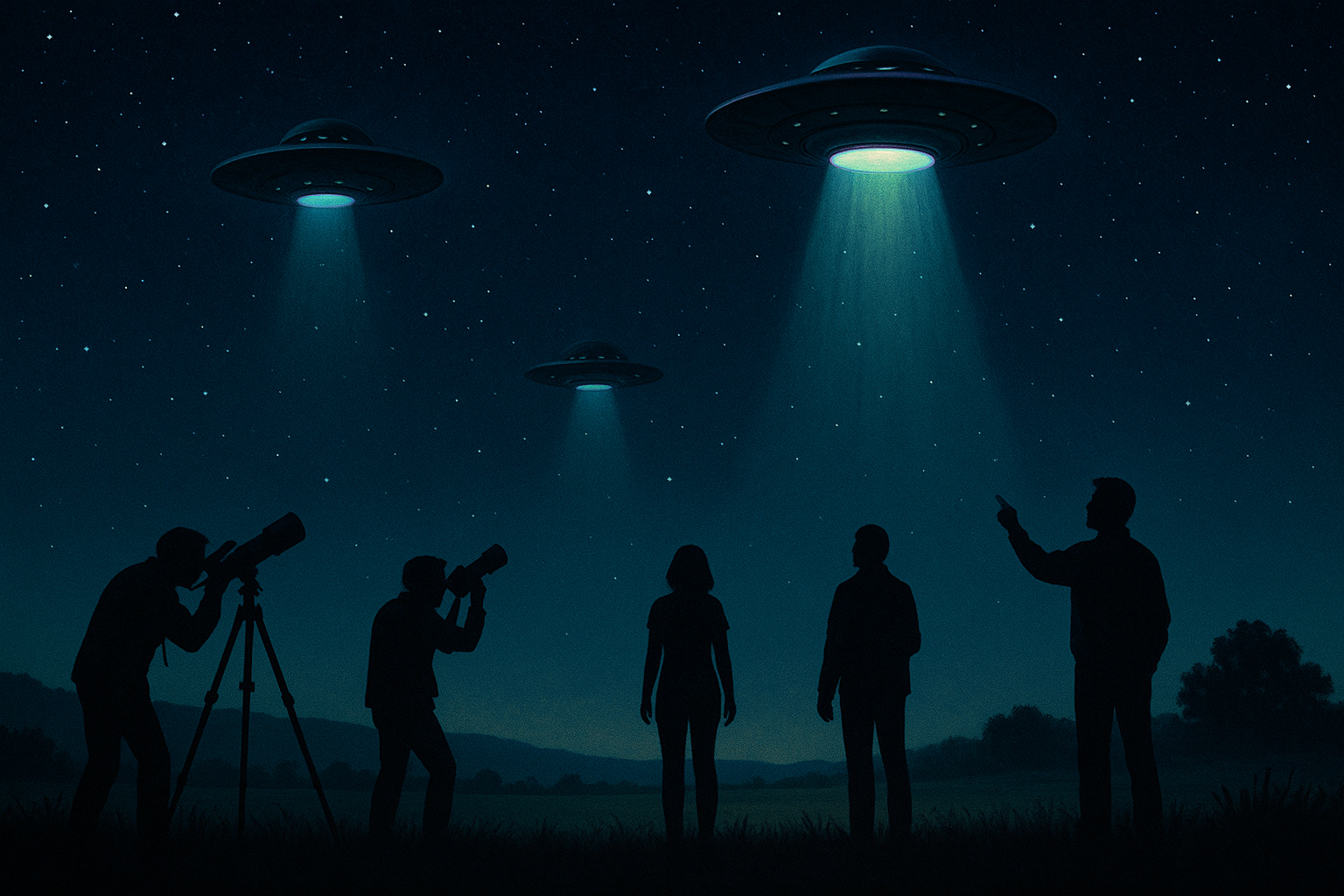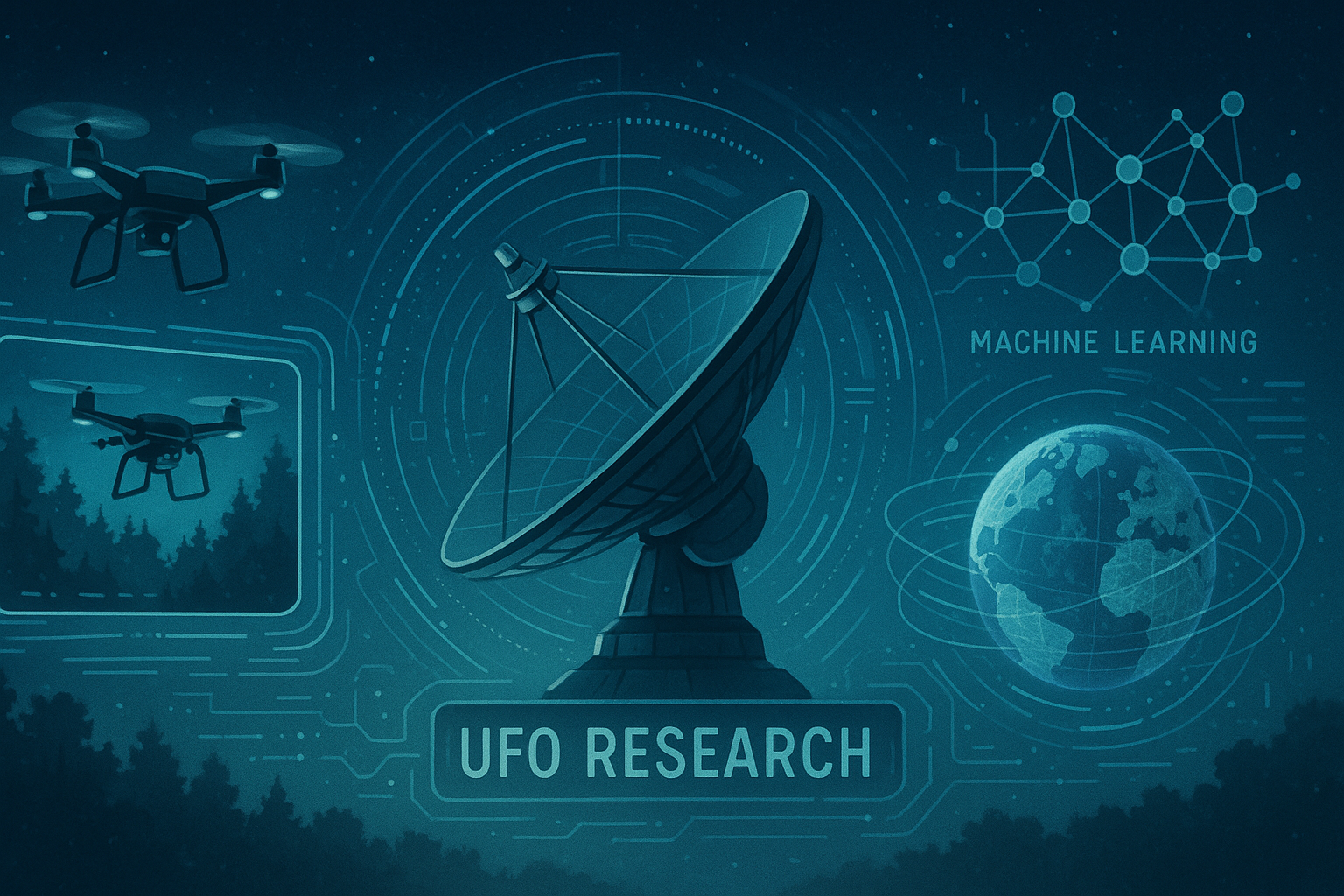A Study of Diverse UFO Research Methods
In a world where the unknown often piques human curiosity, UFOs have long captured the imagination of both scientists and laypeople alike. With countless sightings reported worldwide, the quest to understand these mysterious objects has led to a variety of research methods. In this blog post, we’ll delve into the intriguing world of UFO research, examining the diverse methodologies employed by experts and enthusiasts. Whether you’re a skeptic or a believer, there’s something fascinating about the study of unidentified flying objects.
Table of Contents
1. Introduction to UFO Research
2. Historical Perspectives on UFO Investigations
3. Modern Technological Approaches
4. The Role of Citizen Scientists
5. Government and Military Involvement
6. Challenges and Controversies in UFO Research
7. Conclusion
8. FAQs

Introduction to UFO Research
UFO research is not just about chasing lights in the sky; it’s a multidisciplinary effort that combines elements of science, history, and even psychology. From the early days, when sightings were dismissed as mere folklore, to the present, where they are taken more seriously, the quest to understand UFOs has evolved significantly. This introduction sets the stage for exploring the various methods used by researchers in their pursuit of truth.
Historical Perspectives on UFO Investigations
To appreciate the current state of UFO research, it’s essential to look back at its origins. UFO sightings date back centuries, with historical records describing mysterious aerial phenomena. However, it wasn’t until the mid-20th century, particularly after the famous Roswell incident in 1947, that UFO research gained momentum. Early investigations often relied on eyewitness testimonies and photographic evidence, providing a foundation for today’s more sophisticated approaches.
Modern Technological Approaches
With the advent of modern technology, UFO research has entered a new era. Researchers now utilize advanced equipment such as radar, infrared cameras, and satellite imagery to capture and analyze data. Machine learning algorithms help sift through vast amounts of information, identifying patterns and anomalies that might otherwise go unnoticed. Additionally, the use of drones has enabled detailed exploration of areas where UFOs have been reported, offering a closer look at potential evidence.

The Role of Citizen Scientists
In recent years, the democratization of technology has empowered citizen scientists to contribute significantly to UFO research. Equipped with smartphones and apps designed for skywatching, enthusiasts worldwide can record and share their sightings. Online platforms and forums also facilitate collaboration and data sharing, creating a collective database that researchers can analyze. This grassroots approach not only broadens the scope of research but also fosters a sense of community among UFO enthusiasts.
Government and Military Involvement
Government and military agencies have long been involved in UFO research, often shrouded in secrecy. In the United States, the Pentagon’s release of previously classified UFO footage has sparked renewed interest and debate. These agencies employ sophisticated surveillance technologies and intelligence analysis to understand potential threats posed by unidentified aerial phenomena. The official acknowledgment of UFOs by government bodies has added legitimacy to the field and encouraged further investigation.
Challenges and Controversies in UFO Research
Despite advancements, UFO research faces numerous challenges and controversies. Skepticism and stigma often hinder serious academic inquiry, while hoaxes and misinformation can cloud genuine findings. Additionally, the lack of standardized methodologies complicates data validation and comparison. Nonetheless, researchers strive to overcome these obstacles, driven by the enduring mystery and potential implications of UFO phenomena.
Conclusion
UFO research is a captivating field that continues to evolve, driven by technological advancements and the curiosity of both professionals and amateurs. By employing diverse methods, researchers aim to unravel the mysteries of the skies and provide answers to questions that have intrigued humanity for generations. Whether you’re a believer or a skeptic, one thing is certain: the study of UFOs remains a fascinating journey into the unknown.
FAQs
Q: What are the most common technologies used in UFO research today?
A: Modern UFO research often utilizes radar, infrared cameras, drones, and machine learning algorithms to collect and analyze data.
Q: How do citizen scientists contribute to UFO research?
A: Citizen scientists use smartphones and skywatching apps to record sightings, share data on online platforms, and collaborate with researchers.
Q: Why is there still skepticism surrounding UFO research?
A: Skepticism often arises from the stigma attached to UFOs, the prevalence of hoaxes, and the lack of standardized research methodologies.
Q: What role do government agencies play in UFO research?
A: Government and military agencies conduct surveillance and intelligence analysis to assess potential threats from unidentified aerial phenomena.
Embarking on the quest to understand UFOs is like peering into the vast cosmos itself—full of potential discoveries and endless mysteries. 🌌 Keep exploring, and who knows what you’ll find!
Looking for a side hustle
Check out one of the best around atm
